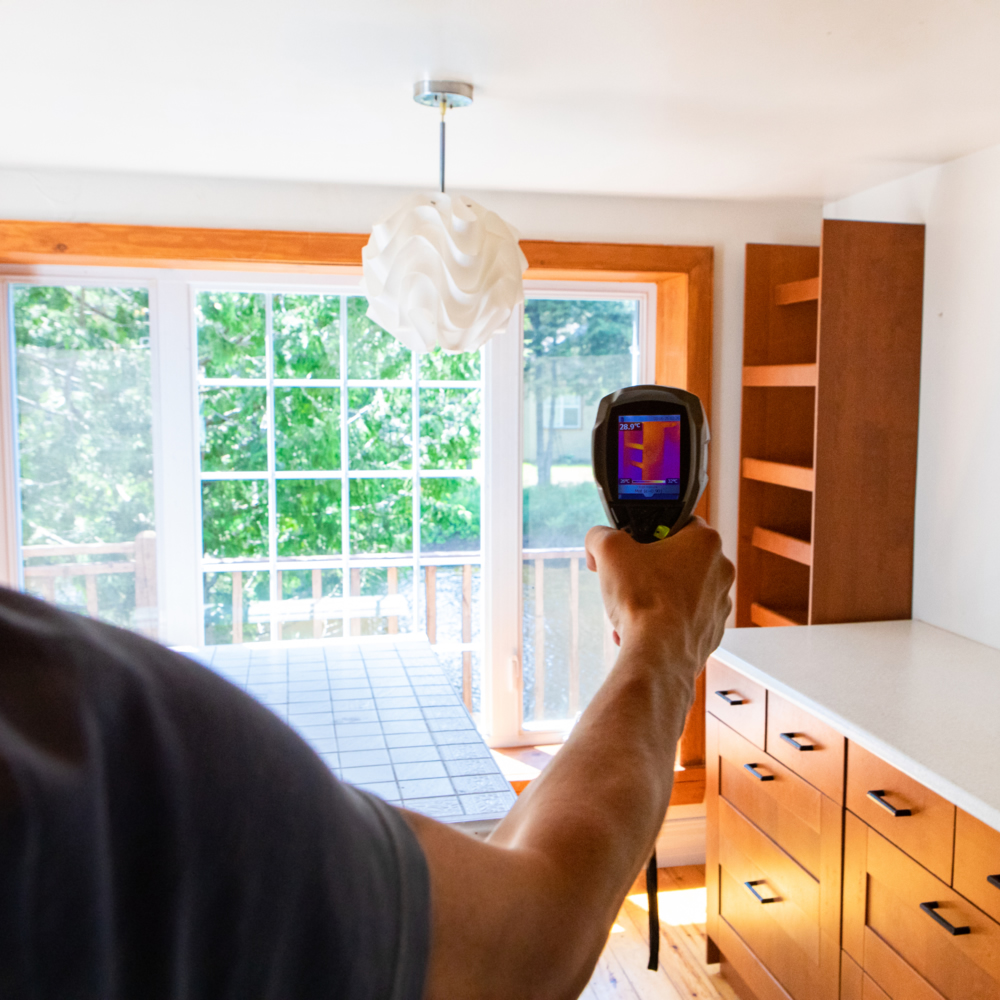IAQ Testing
Indoor air quality testing
Indoor air quality (IAQ) testing involves measuring the levels of various pollutants and environmental factors in indoor spaces. Poor indoor air quality can negatively affect health, comfort, and productivity, so regular testing is essential, particularly in places like homes, offices, schools, and industrial settings. Here’s a comprehensive guide to indoor air quality testing:
Why is indoor air quality Important:
- Health Impacts: Prolonged exposure to poor indoor air can cause respiratory issues, allergies, headaches, fatigue, and even long-term diseases such as asthma and cardiovascular conditions.
- Comfort: Air quality impacts comfort, productivity, and cognitive function, especially in workplaces or schools.
- Energy Efficiency: Testing can also identify ventilation and airflow problems that may
affect energy use.
Common PolLutants in Indoor Air
Indoor air can contain a variety of pollutants, including:
- Volatile Organic Compounds (VOCs): Emitted by paints, cleaning agents, adhesives, furniture, and other building materials. Examples include formaldehyde, benzene, and toluene.
- Carbon Dioxide (CO2): High levels can indicate inadequate ventilation.
- Carbon Monoxide (CO): Colorless, odorless gas that can result from combustion processes like gas stoves or heaters.
- Radon: A naturally occurring radioactive gas that can seep into homes from the ground.
- Mold and Mildew: Growth can occur in damp or poorly ventilated spaces, releasing spores that can trigger respiratory issues.
- Particulate Matter (PM2.5 and PM10): Tiny particles (dust, smoke, soot) that can enter the lungs and cause problems for the respiratory system.
- Dust Mites and Pollen: These allergens can aggravate asthma and other respiratory conditions.
- Nitrogen Dioxide (NO2): Often linked to indoor combustion appliances.
- Ozone: High indoor ozone levels, particularly from air purifiers, can be harmful.
Types of Indoor Air Quality Tests
Different testing methods are used depending on the suspected pollutants and the environment. Common testing methods include:
- VOC Testing - To measure the concentration of VOCs in the air, which can affect indoor air quality.
- Formaldehyde Testing - Formaldehyde is a common VOC, and its exposure can lead to respiratory issues and is classified as a carcinogen.
- CO2 and CO Testing - High CO2 levels indicate poor ventilation, while CO is a dangerous gas that can be deadly in high concentrations.
- Radon Testing - Radon is a radioactive gas linked to lung cancer, so measuring radon levels is crucial for health safety.
- Particulate Matter (PM) Testing - To assess the concentration of tiny particles that can be inhaled and harm the respiratory system.
- Mold Testing - To assess the presence of mold, which can cause allergic reactions and respiratory issues.

